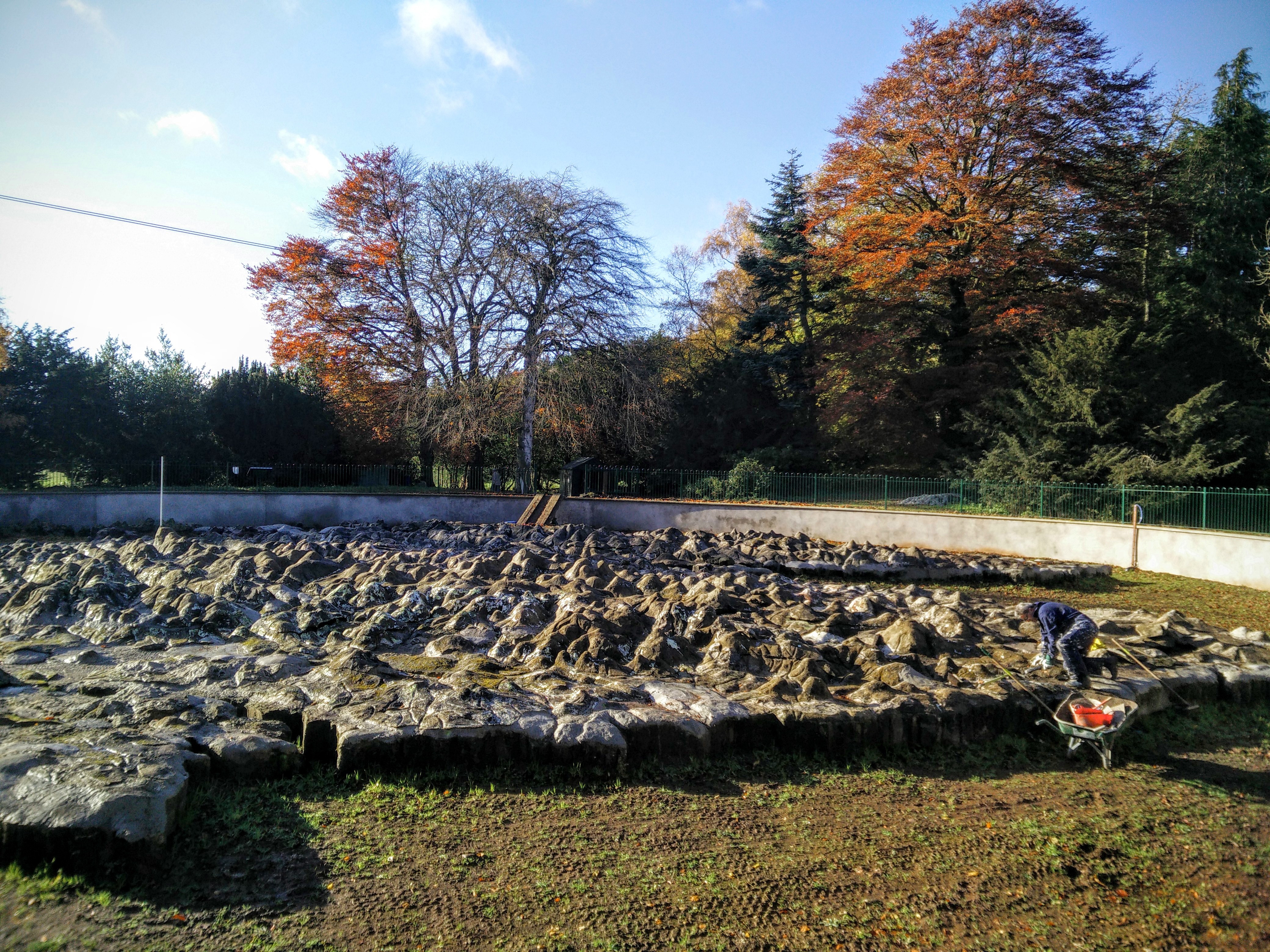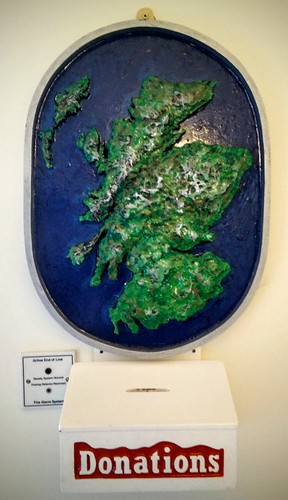A lot of progress has been made since my last visit: Visiting the Great Polish Map of Scotland
This time I had a bit more time, staying overnight with the very accomodating girlfirend at the Barony Castle Hotel. The steak was excellent, but the sauna was not very hot. Overall a good experience though.
As you can see from the photos restoration works are in full progress.
And dontains can be made to the worthy cause at: MapaScotland.org
For a view of the way up to the map, see my first post on Mapillary:





